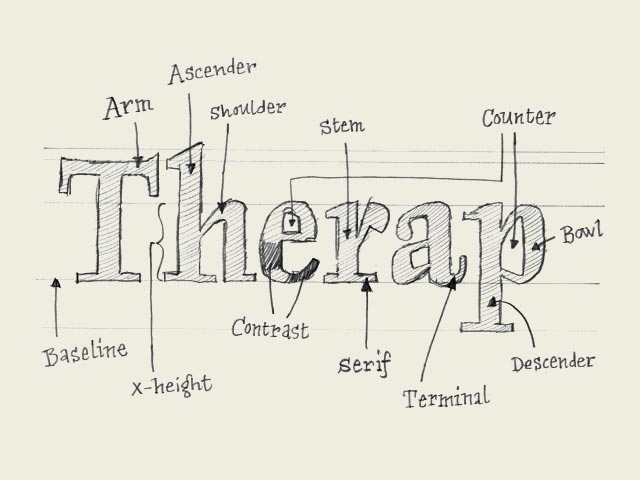il museo della zecca

Fiorella Bulegato segnala il sito del museo numismatico della zecca italiana; se interessa, cliccate per una selezione di musei e archivi di grafica in Italia e all’estero.



































“The Fell Types autokerned with the new system are the seventeenth century Oxford University Press types.
You can find a little of hystory too.
And the freely downloadable win & mac fonts.
Let me know what you think about it (email: types@iginomarini.com).
Igino Marini”
Grazie, ingegnere!




